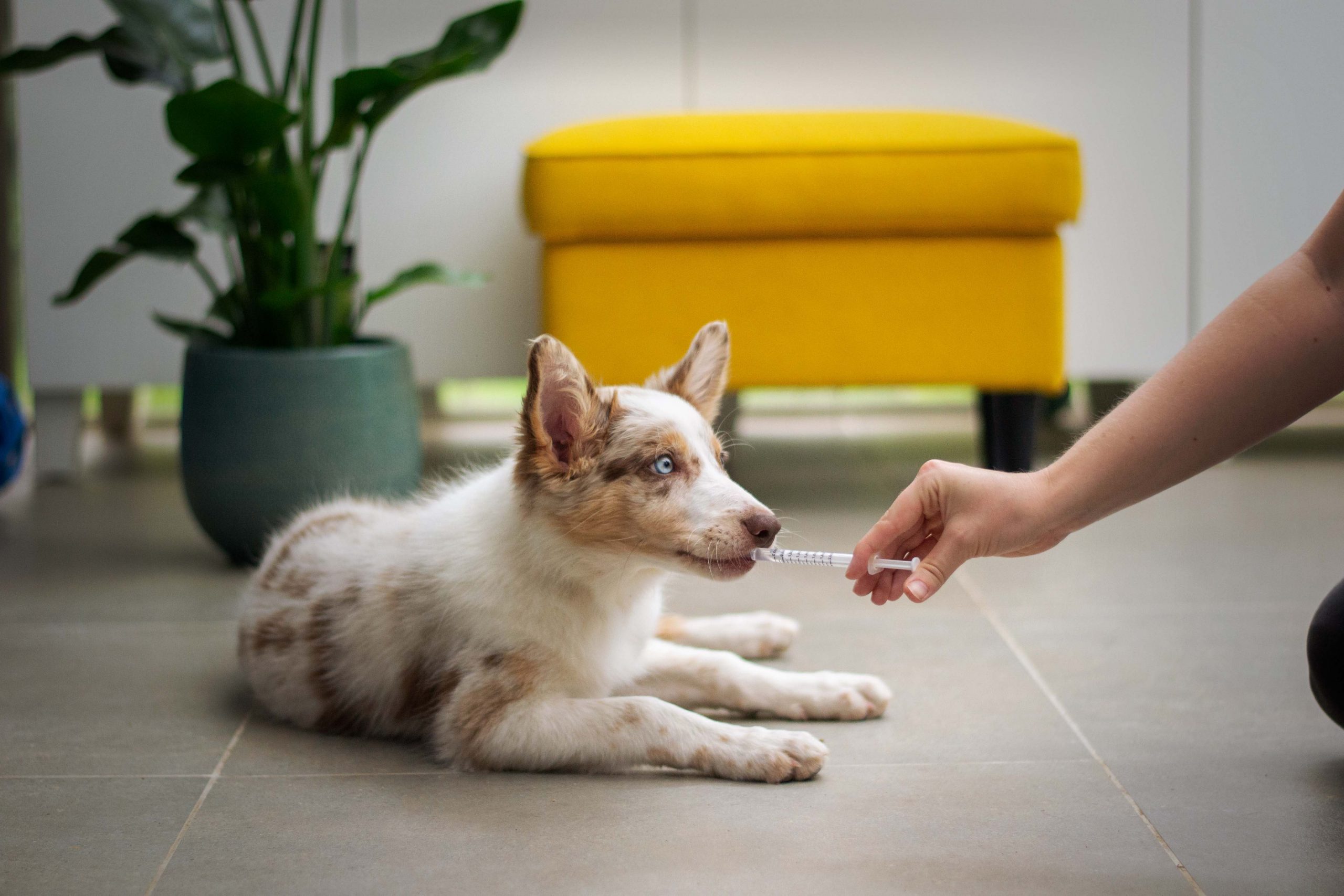Goat Therapy: Licensed to be Cute

by Cora Moore Bruffy, CEO and Founder of Faeryland’s Farm.
Goat therapy is using goats to provide us with comfort and support so that we can destress and be happy and healthy. Goats can be used therapeutically to aid a variety of mental, emotional, and behavioral issues as well as to provide a general sense of well-being for anybody. Therapy goats can be used in a few ways. Goat yoga is probably what most people think about, and goat therapy is quickly on the rise as more and more people are coming to see the emotional and mental benefits of owning or hanging out with goats. (more…)
Stay Vigilant – Protect your Pet from Summer Pests!

by Cyndie Anderson, owner of Pooch Pros Pet Care Services.
Summer means hotter temps, longer days and of course BUGS! Yes, lots of them. Even though we’re still in spring, it’s crucial that you begin thinking about protecting your pets from pesky seasonal pests (try saying that five times fast!). There are several different kinds to be concerned with but luckily – various ways to protect your dog or cat from the risks! (more…)
Everything You Need in Your Pup’s First Aid Kit

by Katherine Porter, Owner of Four Paws & You Dog Training LLC.
The summer holiday is just around the corner. and tis’ the season for visits from friends and family—especially the four-legged kind too.
While no one can anticipate an emergency situation, you can be prepared in advance. If you’re traveling anywhere—from only a few minutes away to hours in the car—a first aid kit can be a lifesaver for humans and furry family alike.
Acupuncture For Dogs

In recent years, holistic approaches to pet healthcare have gained significant attention, with acupuncture emerging as a popular modality for enhancing the overall wellbeing of dogs. While acupuncture has been practiced for centuries in traditional Chinese medicine for humans, its application in veterinary medicine has grown steadily. This article delves into the wellness benefits of acupuncture for dogs, exploring how this ancient practice can contribute to the physical and emotional health of our beloved canine companions.
Infections in Dogs & Cats: How To Cure Naturally

by Jody L. Teiche of Teiche Wellness, Certified Pet Homeopathic Educator & Owner of The Pet Heath Coach.
It started with a sniffle. I noticed Anabelle sounded congested one day. She seems to have some trouble breathing but did not seem in distress (that would’ve been a vet or ER visit, if severe enough). My mama bear instincts kicked in and I went to my mini-apothecary. What did I grab? Echinacea, Goldenseal and Manuka Honey. In one day, Anabelle’s symptoms were gone. (more…)


